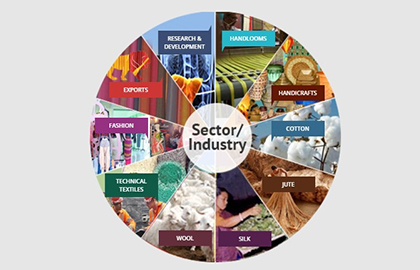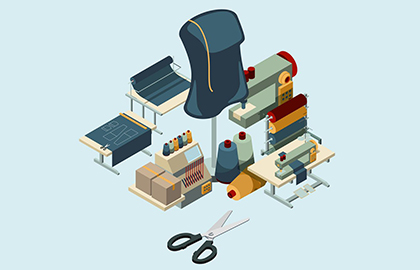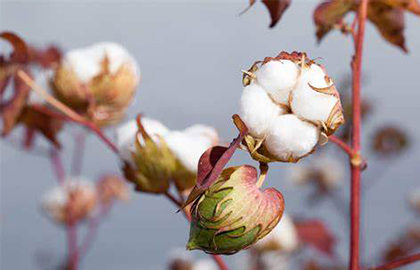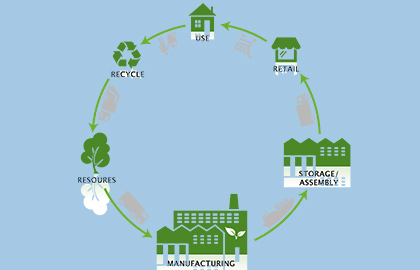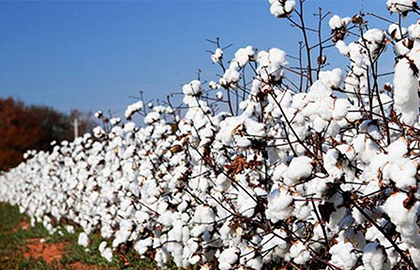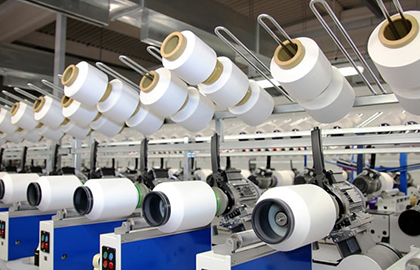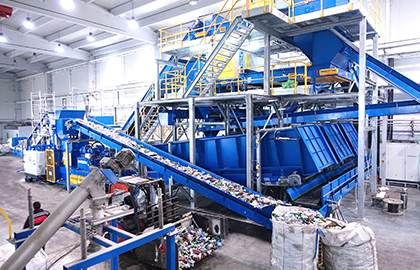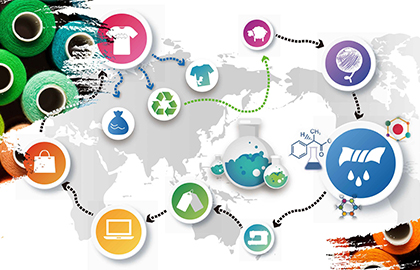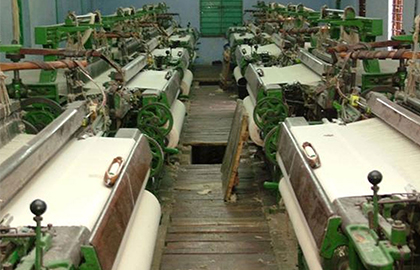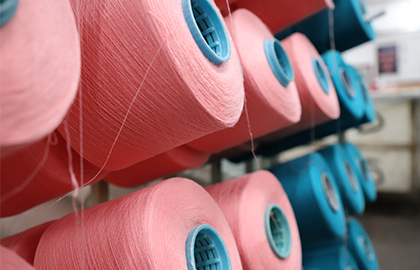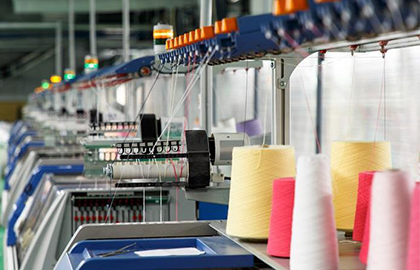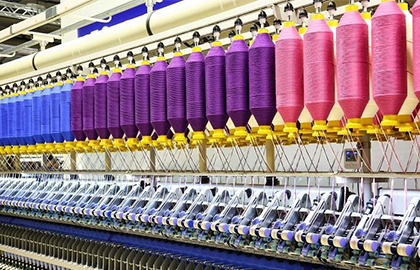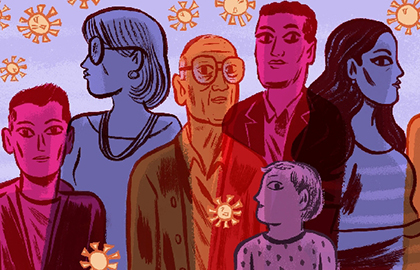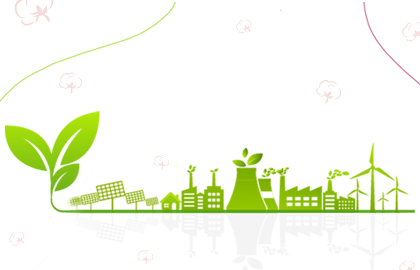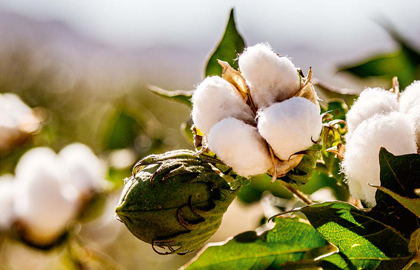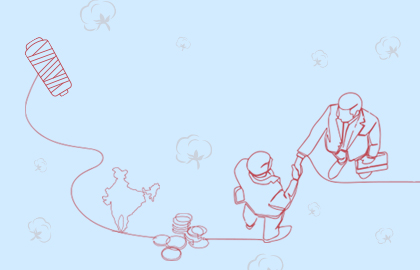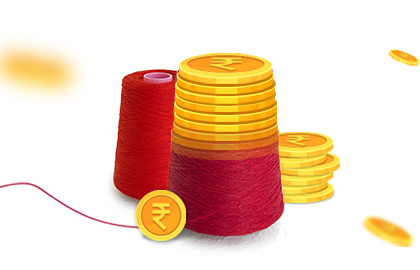
Arising Once More: The changes and market scenario for the textile industry post the COVID-19 Lockdown Era
The Indian Textile Market Scenario:
As the world fights the ongoing pandemic of the dreaded COVID-19 virus, the textiles industry is refocussing on alternatives during this lockdown and charting its return to normalcy. Experts have forecasted a market crash of more than USD 300 billion for the textile industry, with the major 2 markets of USA and Europe, combined, estimated to fall 40% and 45% respectively, in the year 2020.
This scenario has not only hindered the economic forecasts but also changed the business model for many industries. Post the lockdown, all industries and textile bodies, right from small players to larger textile mills, will be putting in new practices in place, with respect to safety precautions and sanitisation on the premises. There is likely to be a change in the supply & sourcing relationships, customer purchase basket would be altered. One of the major challenges that the retail industry will face in the future is of addressing the fear of consumers, who will be concerned with touching the clothes in retail stores, taking trials before purchase, anxious of who would have touched it before.
The Indian Textile Market Scenario:
The Indian apparel industry, which was expected to be USD 74 billion, is now expected to fall almost 10-15% in 2020. Initially, the Clothing Manufacturers Association of India (CMAI), a governing body for apparels had projected some alarming stats for the next 3 to 6 months. In a survey conducted with 1500 of its members at the beginning, 20% of its members had expressed their plans of closing their business post the lockdown, while 60% members anticipated an almost 40% drop in revenues. Considering in terms of employment, it was estimated that almost 1 crore jobs would be lost in the textile industry. However, these impact prediction were carried out in the first 2 weeks of lockdown and had a doomsday tone; the recovery have since then improved as many countries in Europe have come out of lockdown, several states in the US have even reopened malls to restart consumer spending. Bangladesh has restarted its entire garmenting industry and aggressively sourcing business.
The industry needs to turn this adverse situation on its heel and embrace it as an opportunity to go through a paradigm shift. Revisiting the current production mix as per the shift in market demands, businesses can plan to enter newer markets.
Diversification of apparels and textiles beyond cotton (which is the primary market of India), and venturing into man-made fibre (MMF) & synthetics category could be a major shift for Indian textile industry. Another example of immediate focus is the manufacturing of medical textiles, which is the need of the hour. Manufacturers of facemasks and PPEs have turned up their production to maximum capacity; several textile companies have diversified its knitting & weaving capacity to produce these items. Tirupur, one of the major textile hubs in Tamil Nadu, India, shifted their production lines to manufacture facemasks and protective clothing, to cope up with the demands of medical textiles, thus, helping itself to cope with the falling demands of clothing and textiles.
India can also consider the development of cheap production of ancillary services like zips, buttons, etc. as an alternative market. If these can be set up, India can capture a huge international market which was under the stronghold of China. However, there will be huge competition from countries like Bangladesh, Cambodia, Vietnam and Poland, while China tries to reclaim its market share as well.
The global disruption seen in the textile industry is expected to take at least 6 months to recuperate. As we wait for the virus to subside, the complete impact and its consequences including the counteractive measures taken by businesses are in the realm of predictions. This interlude is best put to use planning for the coming future which has to be lived in a sustainable manner




